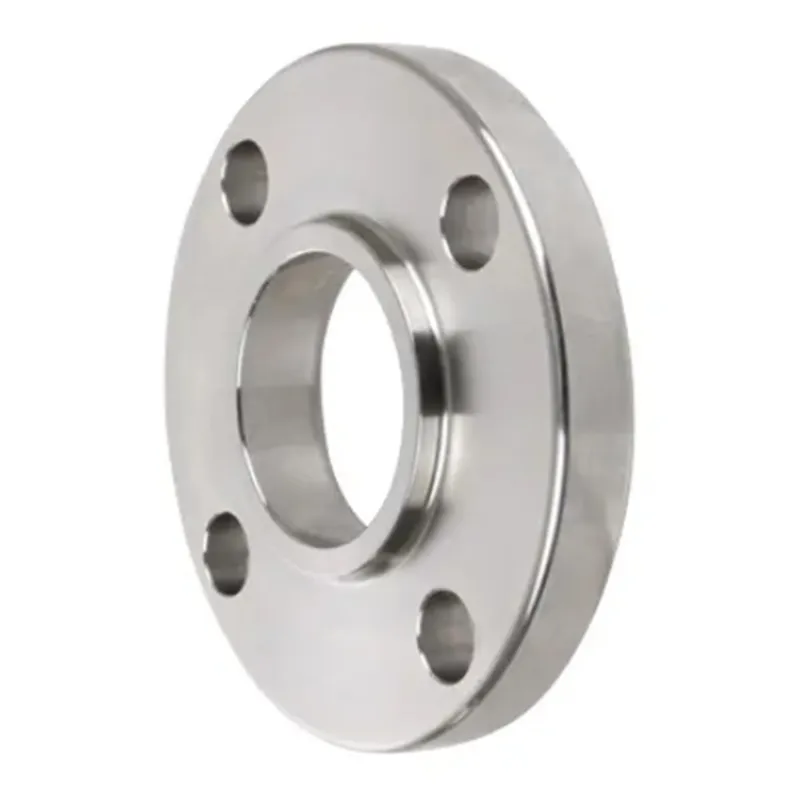-
Cangzhou Yulong Steel Co., Ltd.
-
Phone:
+86 13303177267 -
Email:
admin@ylsteelfittings.com
- English
- Arabic
- Italian
- Spanish
- Portuguese
- German
- kazakh
- Persian
- Greek
- French
- Russian
- Polish
- Thai
- Indonesian
- Vietnamese
- Zulu
- Korean
- Uzbek
- Hindi
- Serbian
- Malay
- Ukrainian
- Gujarati
- Haitian Creole
- hausa
- hawaiian
- Hebrew
- Miao
- Hungarian
- Icelandic
- igbo
- irish
- Japanese
- Javanese
- Kannada
- Khmer
- Rwandese
- Afrikaans
- Albanian
- Amharic
- Armenian
- Azerbaijani
- Basque
- Belarusian
- Bengali
- Bosnian
- Bulgarian
- Catalan
- Cebuano
- China
- China (Taiwan)
- Corsican
- Croatian
- Czech
- Danish
- Esperanto
- Estonian
- Finnish
- Frisian
- Galician
- Georgian
- Kurdish
- Kyrgyz
- Lao
- Latin
- Latvian
- Lithuanian
- Luxembourgish
- Macedonian
- Malgashi
- Malayalam
- Maltese
- Maori
- Marathi
- Mongolian
- Myanmar
- Nepali
- Norwegian
- Norwegian
- Occitan
- Pashto
- Dutch
- Punjabi
- Romanian
- Samoan
- Scottish Gaelic
- Sesotho
- Shona
- Sindhi
- Sinhala
- Slovak
- Slovenian
- Somali
- Sundanese
- Swahili
- Swedish
- Tagalog
- Tajik
- Tamil
- Tatar
- Telugu
- Turkish
- Turkmen
- Urdu
- Uighur
- Welsh
- Bantu
- Yiddish
- Yoruba

Nov . 09, 2024 01:12 Back to list
Understanding the Characteristics and Applications of DIN 2050 Flanges
Understanding DIN 2050 Flanges Your Comprehensive Guide
Flanges are critical components in piping systems, serving as a means to connect pipes, valves, pumps, and other equipment to form a complete system. Among the multitude of flange standards available, the DIN 2050 flange stands out due to its specific applications, design, and advantages. In this article, we will explore what DIN 2050 flanges are, their significance, applications, and the benefits of using them in various industries.
What is DIN 2050?
DIN 2050 refers to a specific standard developed by the German Institute for Standardization (Deutsches Institut für Normung e.V.). This standard outlines the specifications for circular flanges used in piping systems, primarily focusing on dimensions, tolerances, and mechanical properties. The DIN 2050 standard is recognized for its high-quality manufacturing and consistency, ensuring the reliability of piping connections across different applications.
Design Features
DIN 2050 flanges are characterized by a few distinct design features, which include
1. Material Flanges can be manufactured from a variety of materials, including carbon steel, stainless steel, and alloy steel. The choice of material often depends on the application and the environment in which the flange will operate.
2. Size and Pressure Classes DIN 2050 flanges are available in various sizes and pressure ratings. This versatility allows for their use in low- to high-pressure applications, making them suitable for a broad range of industries.
3. Bolt Holes and Alignment The flanges come with a specific number of bolt holes for secure attachment to pipes and other components. Proper alignment is crucial to ensure a leak-free connection.
4. Face Types Depending on the application, DIN 2050 flanges can have different face types, such as flat face, raised face, or tongue-and-groove, which influences the sealing effectiveness and the type of gasket to be used.
Applications of DIN 2050 Flanges
DIN 2050 flanges are utilized in various sectors, including
din 50 flange

- Oil and Gas The oil and gas industry often uses DIN 2050 flanges to connect pipes transporting hydrocarbons. Their durability and resistance to high-pressure environments make them ideal for offshore and onshore applications.
- Chemical and Petrochemical In chemical processing plants, reliability and safety are paramount. The robust construction of DIN 2050 flanges contributes to secure pipe connections that can withstand corrosive substances.
- Water Treatment Municipal water treatment facilities utilize DIN 2050 flanges to connect pipelines that transport potable water and wastewater. Their ability to provide leak-proof joints is essential for maintaining water quality.
- Power Generation In power plants, DIN 2050 flanges are used to connect various components of steam, water, and gas systems. Their ability to handle both high temperatures and pressures is a key benefit in these applications.
Advantages of DIN 2050 Flanges
Using DIN 2050 flanges presents several advantages over other types of flanges
1. Standardization Being part of a recognized standard, DIN 2050 flanges ensure compatibility and interchangeability in systems where various components from different manufacturers are used.
2. Quality and Reliability The manufacturing processes following the DIN 2050 standard ensure that flanges meet strict quality control measures, leading to enhanced reliability in demanding environments.
3. Wide Availability Due to their popularity, DIN 2050 flanges are readily available in the market, making procurement easier for industries and reducing lead times.
4. Versatile Applications The design of DIN 2050 flanges makes them suitable for a vast array of applications, enabling utilization in various industries with specific requirements.
Conclusion
In summary, DIN 2050 flanges play a vital role in a multitude of industries, providing robust, reliable, and standardized connections in piping systems. Their design features, along with the high manufacturing standards set by the DIN, make them a preferred choice for many engineers and manufacturers. Understanding the specifications and applications of DIN 2050 flanges can significantly impact the efficiency and safety of fluid transportation systems in various engineering projects. Whether in oil and gas, chemicals, water treatment, or power generation, embracing the use of DIN 2050 flanges means investing in a quality product that meets the necessary requirements for safety and performance.
Latest news
-
ANSI 150P SS304 SO FLANGE
NewsFeb.14,2025
-
ASTM A333GR6 STEEL PIPE
NewsJan.20,2025
-
ANSI B16.5 WELDING NECK FLANGE
NewsJan.15,2026
-
ANSI B16.5 SLIP-ON FLANGE
NewsApr.19,2024
-
SABS 1123 FLANGE
NewsJan.15,2025
-
DIN86044 PLATE FLANGE
NewsApr.19,2024
-
DIN2527 BLIND FLANGE
NewsApr.12,2024
-
JIS B2311 Butt-Welding Fittings LR/SR 45°/90° /180°Seamless/Weld
NewsApr.23,2024











